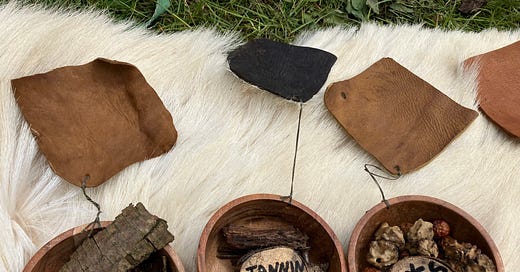Hi and Welcome to A Nomadic Rose! If you’ve found your way here but are not yet subscribed, you can do so HERE. You will never miss a letter, and I’ll be eternally grateful for your support.
Now on to this week’s musings…
I haven’t had much sleep this month. Until this weekend I hadn’t moved much either. I spent most of May sat at the dining table making roses from the pages of books. Biographies mostly, some art history, Philip Pullman’s His Dark Materials. The roses were for Hay Festival, who give one to each of their writers, speakers, performers. I had gotten behind schedule and so I sat without moving, working late every night to get them all done. And somehow, I did. 800 roses made and posted just in time. It is a joy seeing the incredible people attending Hay right now and knowing that each and every one of them is walking away with one of my flowers.
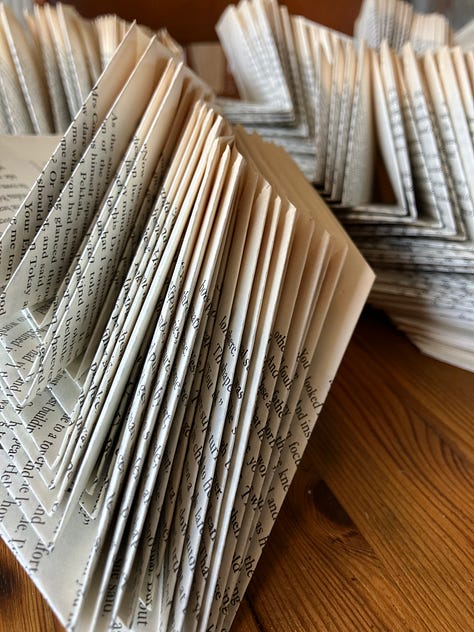
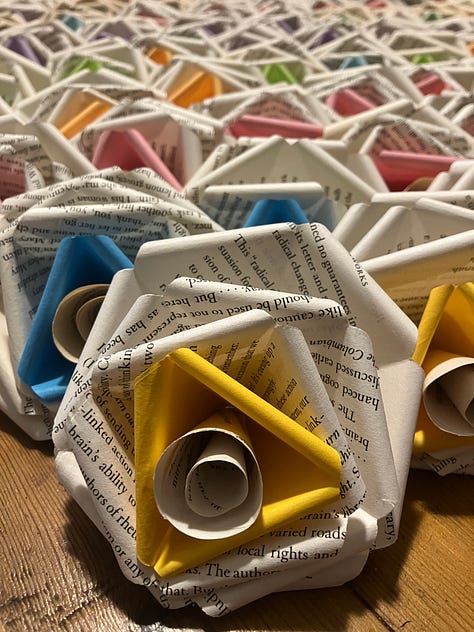

Once the roses were made, I packed up the car and headed off to the midlands. I had a date with the Bushcraft Show, one I wasn’t willing to miss no matter how exhausted I was.
Thankfully, my dear friends David and Antony had kindly let me invite myself to theirs for the weekend, and welcomed me on Saturday evening with yummy food, Doctor Who, and a truly restorative evening.
For those wondering what a bushcraft show is imagine the grounds of a big house filled the tents and marquees stocked with all the tools and equipment needed to camp, hike, canoe, live, and adventure in the outdoors. And now add to that people demonstrating blacksmithing, animal butchery, leather tanning, and so much more. That is a bushcraft show.

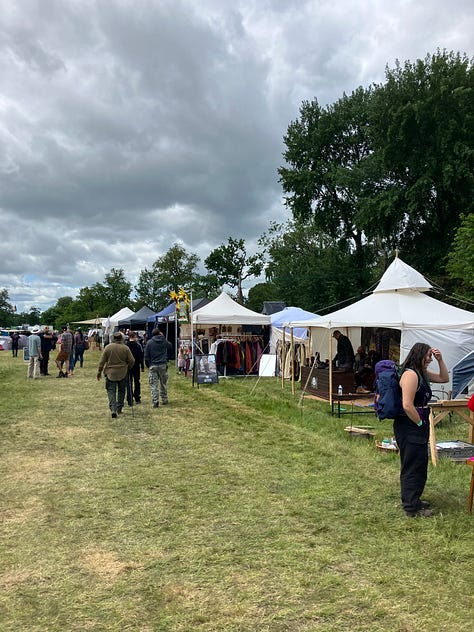




However, I wasn’t there for the survival skills or inspirational talks. I was there for PhD research. I went hoping that somewhere among all the skills, crafts, and objects on display I would find materials and techniques I can use in my pursuit of truly eco-friendly art.
Thankfully, it was a journey worth making.
I watched an interesting demo in knife sharpening and had an even more interesting conversation about the right kinds of knives for my work. I admired the bone tools and corded fibres on display, gathering inspiration for my existing experiments. I talked about fish skin tanning with Theresa Emmerich Kamper who’s Using the Whole Animal course last summer opened up new worlds of possibility for me.
Above all, I spend a brilliant few hours learning how to make a bark pot. Made from birch bark gathered from Sapmi (Sami land in northern Norway Finland, Sweden, and Russia) this particular bark can be harvested without harming the tree. We stitched the pot together with spruce root, once again gathered without any damage to the spruce.
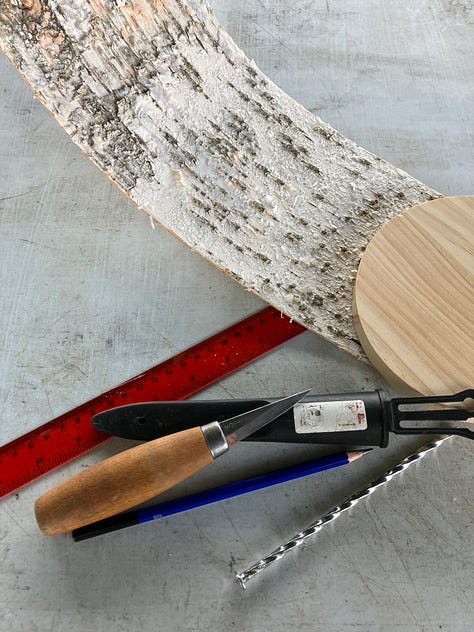
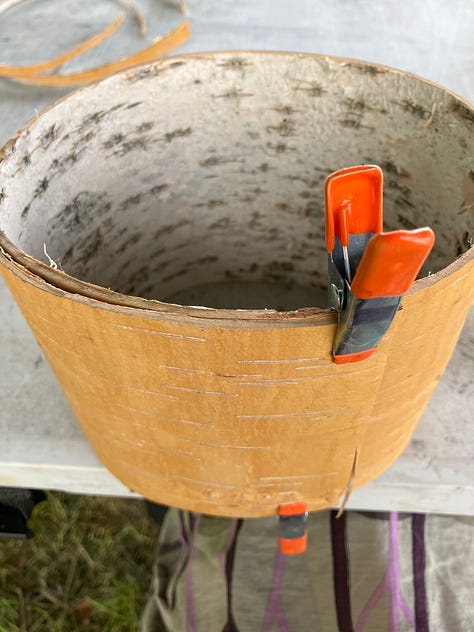
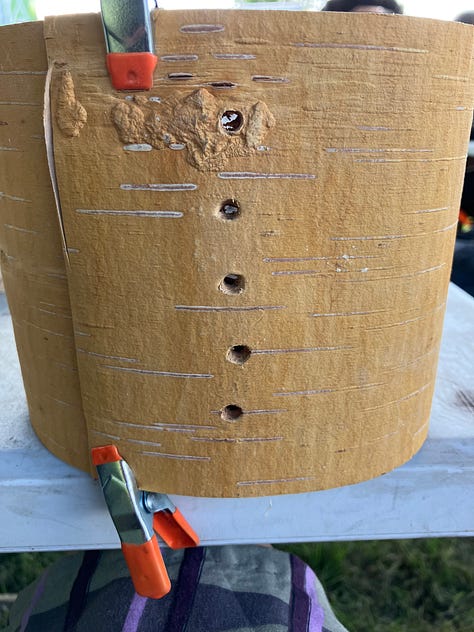


Traditionally these pots come in all sorts of shapes and can be made from all sorts of bark. They are food safe and practical. Versions of them exist throughout history and across the world.
They are also beautiful and full of possibilities. As I sat making my pot I could instantly imagine shaping and stitching the bark in other ways, into other forms. Here was a craft that mades sense to both my hands and my imagination. This was what I’d come for. And it was so worth it. Wildways, who ran the workshop, kindly sent me off with another piece of birch bark to experiment with. I am looking forward to getting it into my studio.
The following day, after a night of Licence to Kill and Ukrainian food, David and Antony took me to the Black Country Living Museum. An open-air museum that presents 250 years of history from the Victorian era to the 1960’s. The museum has relocated important buildings - pubs, homes, forges, shops, a library - to their site and rebuilt them brick by brick. Dressed as sets for visitors to walk in and out of, you are invited to pick things up, open cupboards, and learn about our history through the stories of the real-life everyday people who lived and worked in these buildings. Easily my favourite building was the Workers Institute, which was inspired by Mary Macarthur who in 1910 led the women chairmaker’s on a strike for a minimum wage.
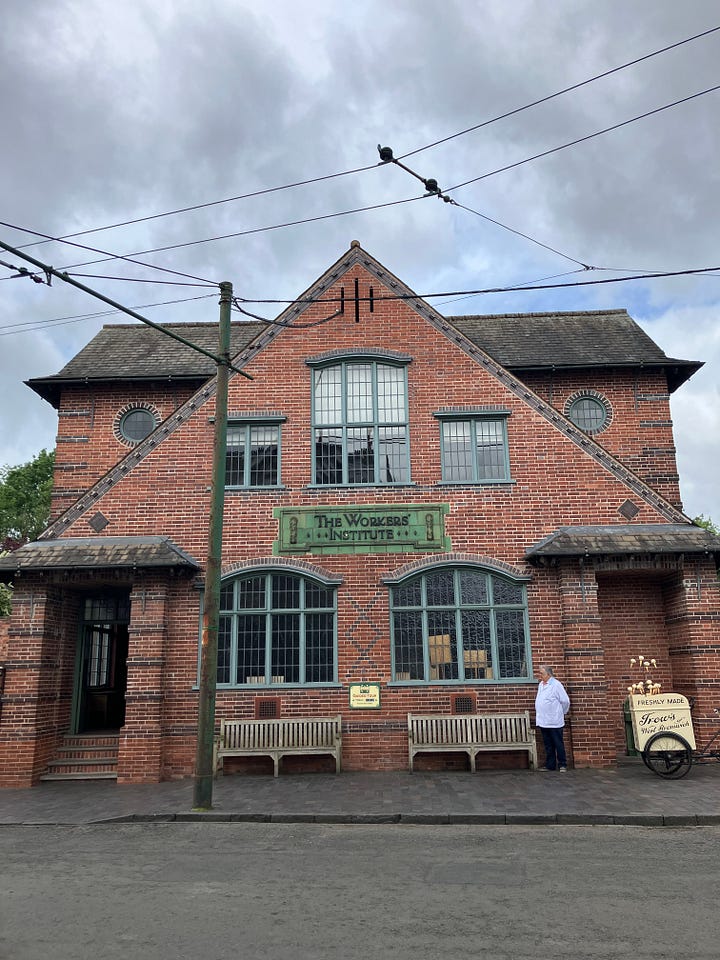
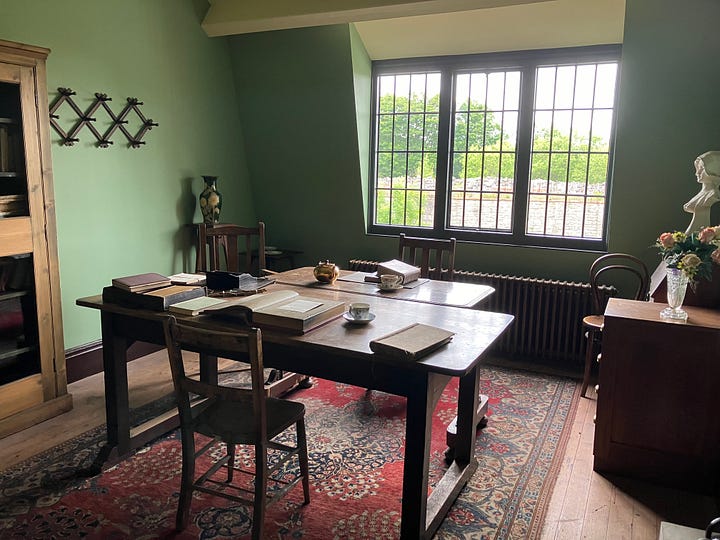
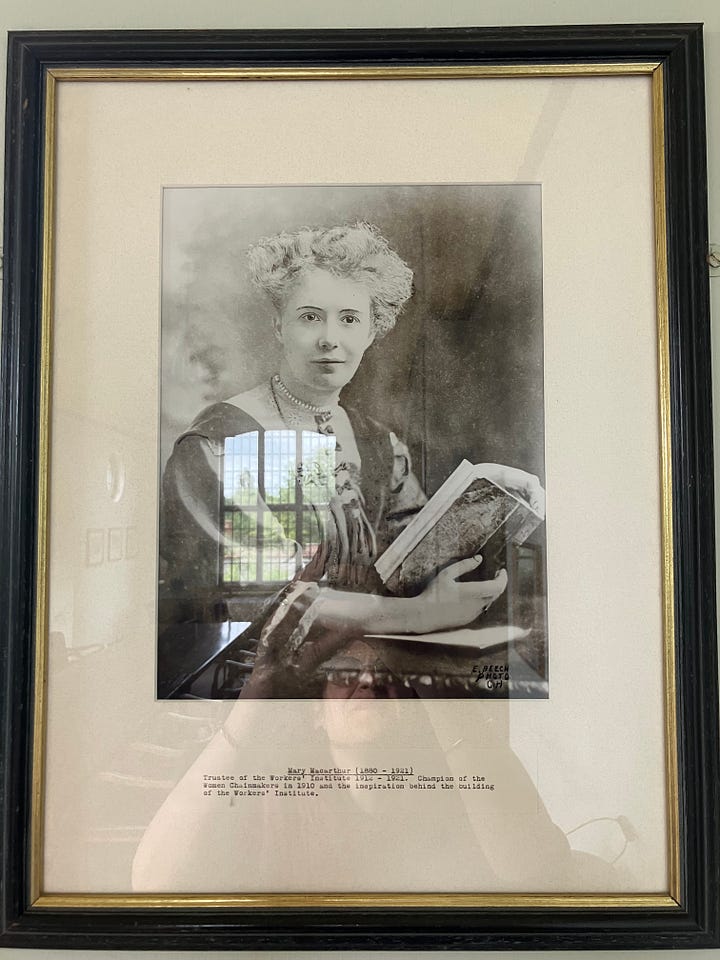
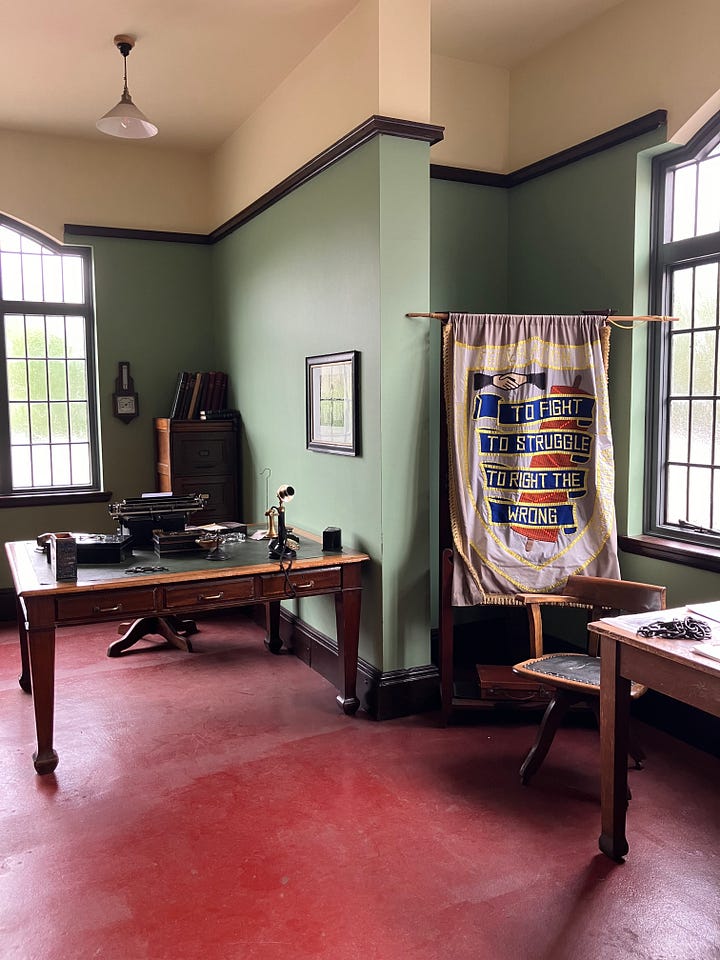
Living museums have a fascinating role in culture and society. They also have a place in most of our childhoods. I certainly have very fond memories of our day out at the West Stow Anglo-Saxon village when I was a child. There is a lot written about living museums, some of which I have brushed up against researching museum theory for me PhD. There is a fascinating contradiction at play in a place that reconstructs life and history within the grounds of a museum, presenting it as “living” when it is far from reality no matter how real the buildings were.
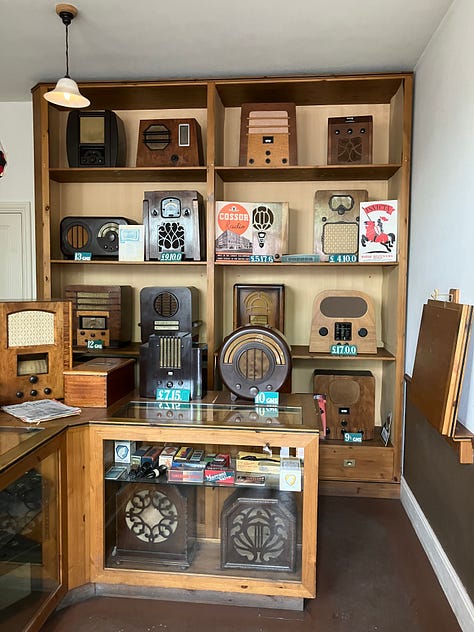

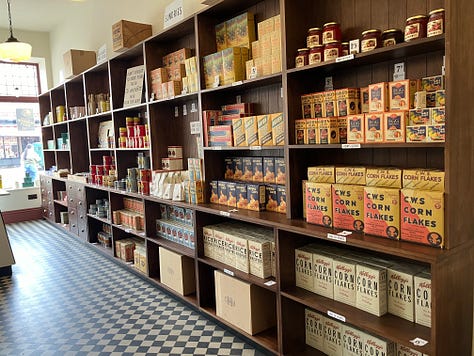
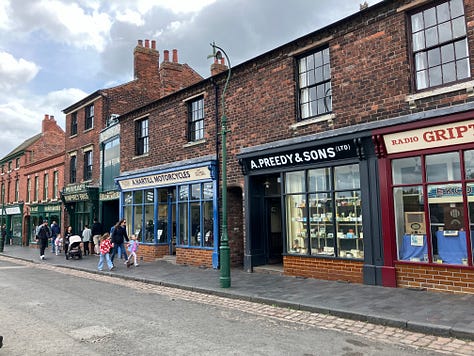

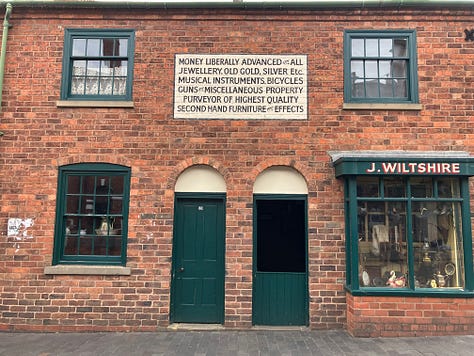
The Black Country Living Museum somehow manages to walk that fine line. It is beautifully designed without romanticising the past. It is educational and fun. It doesn’t shy away from the harshness of the living conditions. David, Antony and I all spent the day entertained and grateful to live in an era in which we have the right to vote, work, and love.
I left the midlands inspired, carrying bark and beautiful memories home with me, more than ready to get into my studio ad dive back into my PhD. I will let you know what I create.

